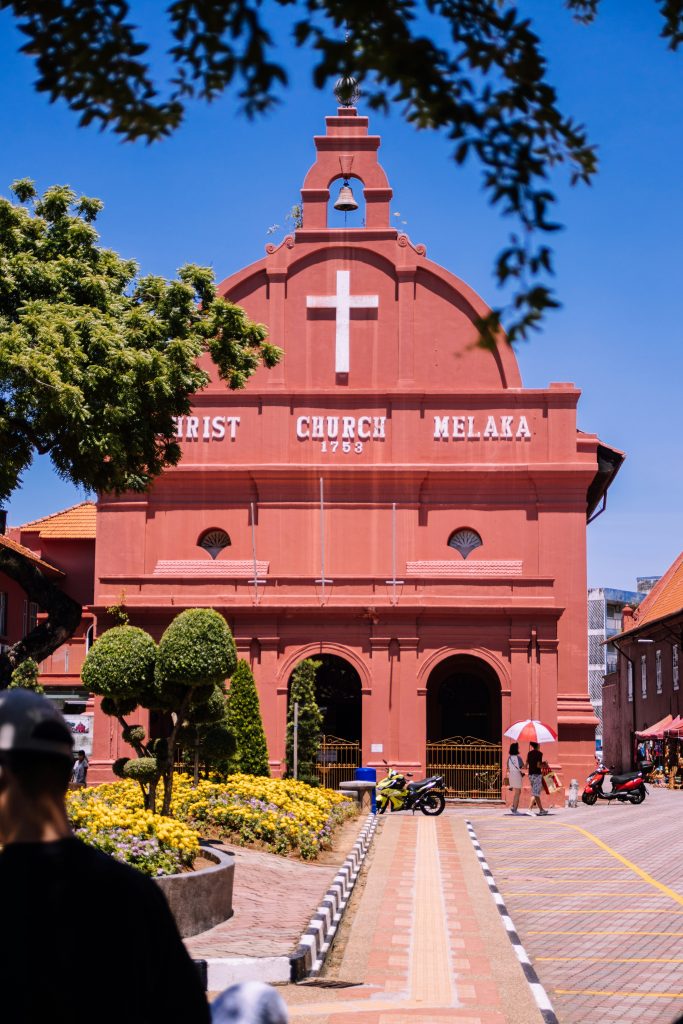Yogyakarta, 14 October 2024 – In an era where cultural heritage and community identity are increasingly recognized as vital components of sustainable urban development, a groundbreaking research project is underway to compare the linguistic landscapes of two historic cities: Malacca in Malaysia and Yogyakarta in Indonesia. This study, which runs from January to October 2024, is part of the research roadmap set by the Department of Language Arts and Cultural Management, focusing on the needs of stakeholders and aligning with the flagship research of Gadjah Mada University (UGM) on social, cultural, and community resilience.

The primary aim of this research is to identify universal similarities, interconnections, and linguistic phenomena related to community perceptions of these two historic cities. By examining the linguistic landscapes of Malacca and Yogyakarta, the study seeks to uncover the character of the communities surrounding these historical sites through their language use. This sociolinguistic investigation will provide insights into how language reflects the emotions and perceptions of the local populace regarding their cultural heritage.
The research will focus on two specific landmarks: the streets of historic Malacca and the cosmological axis landmarks of Yogyakarta. The data collected will consist of subjective emotions and visual perceptions from the community regarding the linguistic landscape, employing a qualitative research approach. Respondents will include Generation Z students from both countries, selected through purposive sampling to ensure a diverse representation of perspectives.
To gather data, the researchers will utilize questionnaires and interview guides. Respondents will be asked to provide their first impressions and assumptions about the linguistic elements they observe in their respective cities. They will also evaluate brand names and symbols associated with their historic locations. The data collected from interviews will be coded using NVivo 19 software, allowing for a comprehensive analysis of the emotional and perceptual responses of the participants.

The research questions are designed to assess Generation Z’s perceptions of their historic city landscapes, focusing on semantic meanings and syntactic aspects. The linguistic landscape in Malacca will be evaluated through its streets, while in Yogyakarta, the focus will be on two key landmarks representing the city’s cosmological axis. The study aims to highlight both material and non-material elements created or associated with these sites, providing a holistic view of the linguistic landscape.
Despite the growing interest in linguistic landscape studies, research in this area remains limited. However, recent years have seen an increase in studies examining linguistic landscapes in multicultural and multilingual societies. Linguistic landscapes can be defined as the written forms of language displayed publicly in various locations, including street signs, billboards, place names, shop signs, and government building names. These elements collectively contribute to the linguistic landscape of a specific area.
The research will extend beyond traditional definitions of linguistic landscapes by incorporating various forms of potential communication in public spaces, such as promotional flyers, advertisements on vehicles, and tourist maps. The increasing interest in this topic has been driven by globalization, which has led to a greater awareness of the importance of language in public spaces. According to scholars like Shohamy and Kasanga, the languages displayed in public spaces can indicate which languages hold significance in specific contexts or provide evidence of the growing importance of certain languages locally.
By analyzing the linguistic landscapes of Malacca and Yogyakarta, this research aims to enhance our understanding of multilingualism in society. It will examine language choices, hierarchies, language contact, language laws, and elements related to literacy. Ultimately, the findings are expected to reflect the emotions and perceptions of the communities involved, providing valuable input for urban development, particularly in relation to community and cultural heritage.
As the research progresses, it is anticipated that the insights gained will contribute to the sustainable development of both cities, fostering a deeper appreciation for their cultural heritage and enhancing community engagement. The study not only aims to bridge the gap between language and urban development but also seeks to empower local communities by recognizing their voices and perspectives in shaping the future of their historic landscapes.
